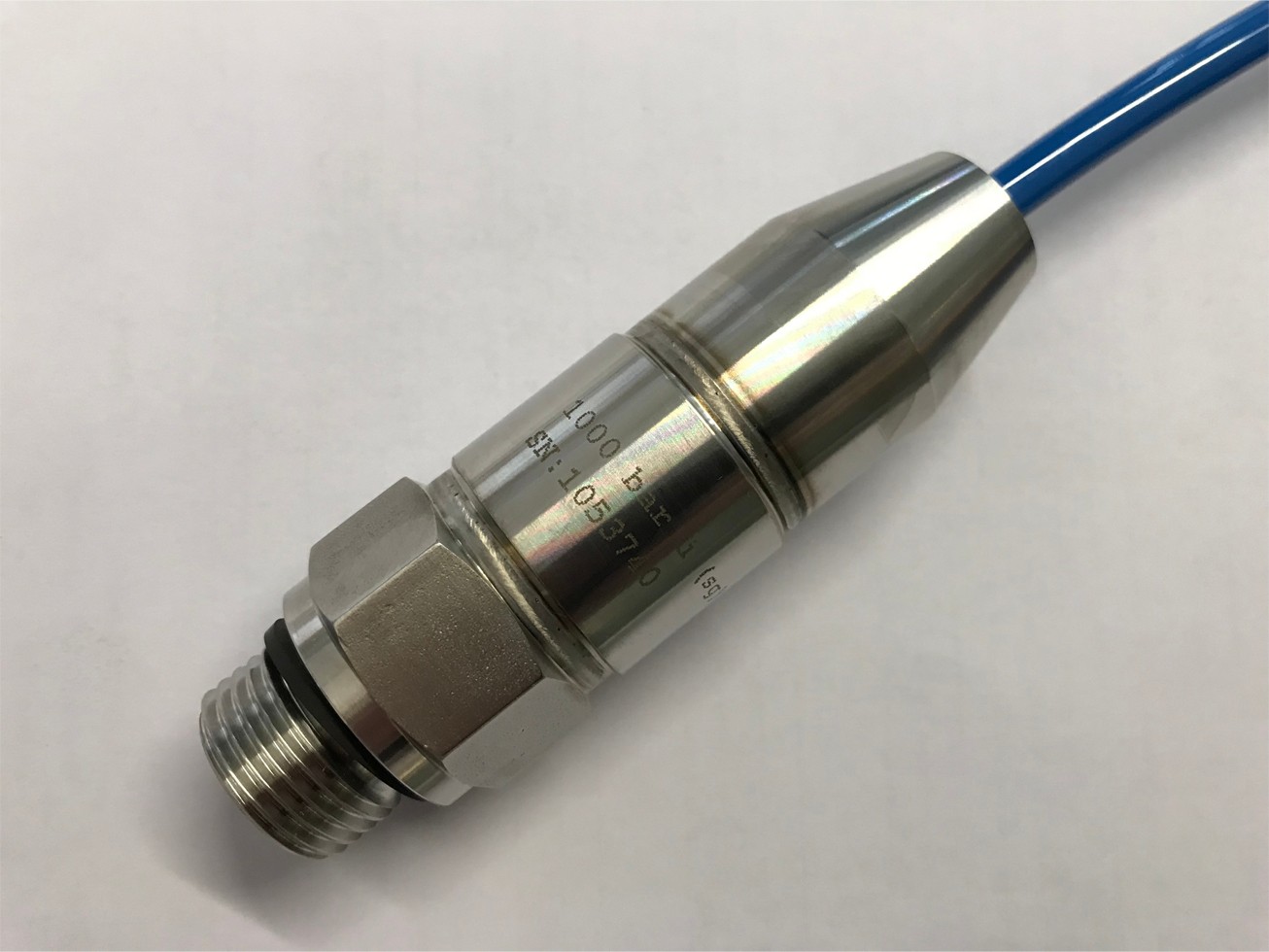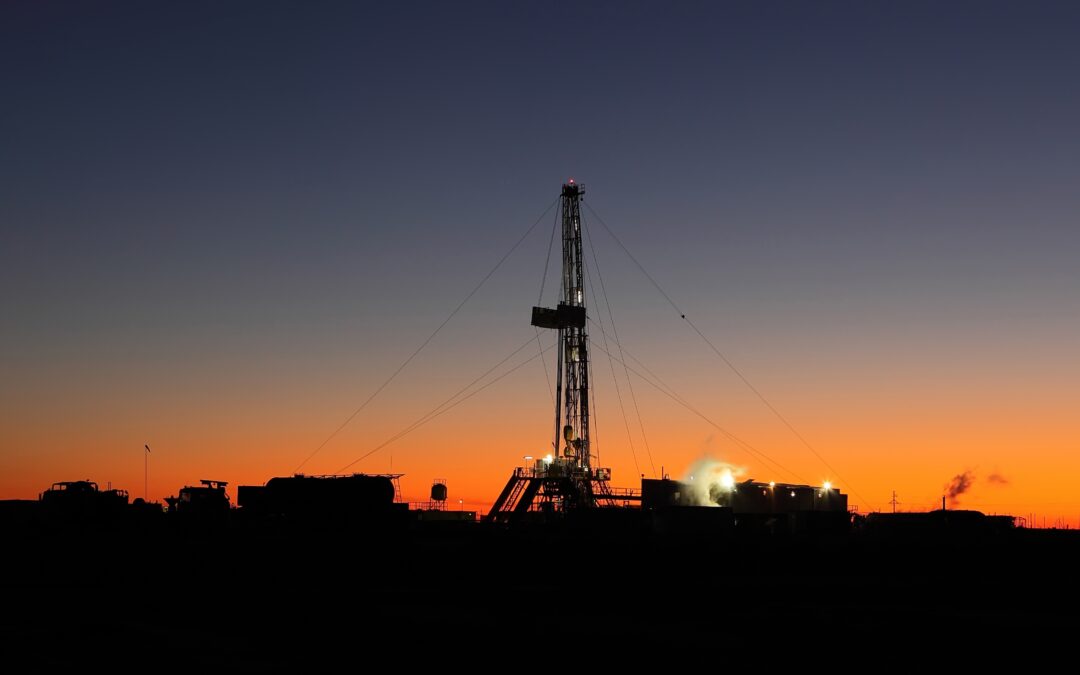The term mud logging refers to the analytical methods that are performed on drilling mud during drilling operations. Powerful and, above all, rugged pressure transmitters are paramount to the process.
The words “mud” and “logging” already provide a good, albeit incomplete, description of the process involved: mud loggers (also surface-logging specialists) are tasked by drilling companies to create detailed records of a borehole. Mud loggers analyze the information brought to the surface during the drilling process, which is why many companies also use the term surface logging services (SLS). The drilling mud is the most important component of mud logging as it carries the information from the depth of the borehole to the surface, where the cuttings (i.e. pieces of formation rock) contained in the circulating drilling medium are examined.
These findings provide a depth-dependent protocol to determine the depth position of hydrocarbons, identify borehole lithology, and monitor natural gas that may enter the drilling mud. Further objectives of mud logging are estimating the pore pressure and porosity as well as permeability of the drilled formation, collecting, monitoring and evaluating hydrocarbons, and assessing the producibility of hydrocarbon-bearing formations as well as keeping a record of drilling parameters. This data is important to ensure safe as well as economically optimized drilling operations.
Mud logging takes place in real time in mobile laboratories that are set up at the drilling site. The real-time data is directly used for drilling control. Mud logging services are usually carried out by specialists contracted by the drilling company. STS is providing pressure transmitters to some of these providers of surface logging services.
Pressure sensors used in drilling processes: durability is key
In order to monitor the drilling process, mud loggers mount various sensors on the drilling apparatus. The detection of even minor losses of drill pipe pressure requires a very high degree of accuracy. Moreover, an immediate response is necessary as well to prevent fishing times, lost-in-holes as well as the risks and costs associated with abnormalities.
Drilling sites are rugged environments and as such can be very demanding on the sensor equipment. The two most important factors in this regard are the mud itself and the vibrations that are to be expected in drilling operations.

Image 1: ATEX certified pressure transmitter for Mud Logging applications
To deal with these harsh conditions, STS provides companies offering surface logging services with the ATM/ECO/EX with customized housing. The ATEX-certified pressure transmitter is optimized for high pressure ranges. The vibrations occurring during drilling processes largely affect the area between the tube and the process connection. STS solved the issue by double welding the connection. Moreover, the stainless steel tube is thicker than is usually the case (26,5 mm). Other than the high pressure ranges and the vibrations that have to be accounted for, the mud presents another challenge by potentially clogging the pressure channel. To prevent clogging, we made the channel a bit wider (10 mm). Normally, a wider pressure channel can put the pressure diaphragm at risk. However, since mud loggers largely work with static pressures, this is not an issue.
